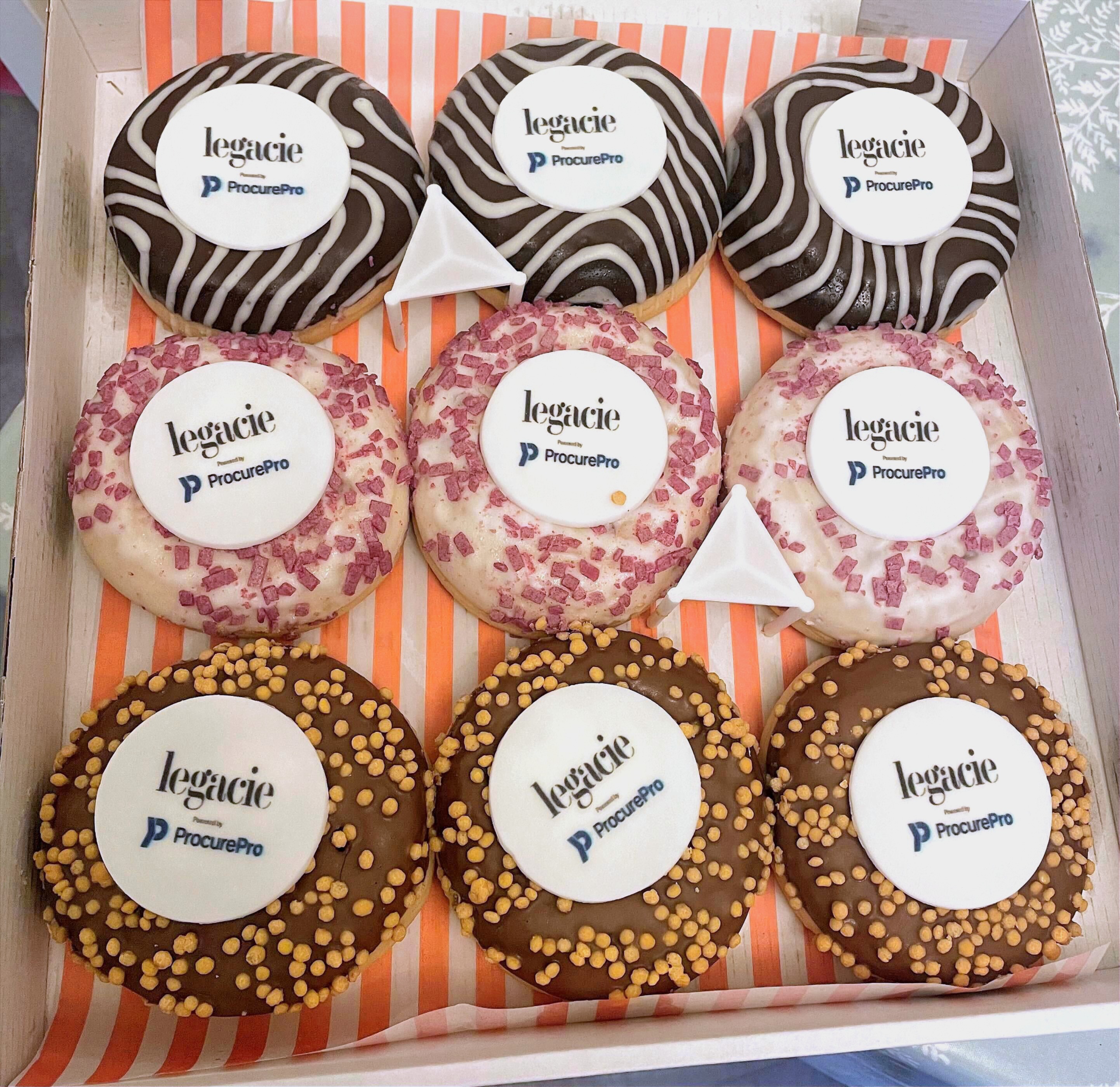A developer with big ambitions
Legacie is not a typical contractor. The group designs, builds, manages and lets its own developments across the residential and social‑housing sectors, even manufacturing kitchens and operating its own scaffolding and road‑surfacing businesses.
As the company expanded, however, the team realised that its way of working hadn’t kept pace. “It feels like very little has changed in construction for 25 years,” admits Operations Director Colin Campbell. “We still use paper, pencils and pens.” A digital‑transformation programme launched in 2024 looked at every function—finance, HR, design, estimating and, crucially, procurement.
Fragmented procurement obstructs growth
Before ProcurePro, Legacie’s procurement was exactly what you’d expect in an industry still wedded to spreadsheets and emails. Packages were listed in Excel and updated manually; scopes of work lived in Word; tenders went out via email or on CDs; approvals were passed around in print and scanned back in.
Commercial Director Will Wilson sums it up succinctly: “It’s a very fragmented, nebulous process. Visibility could be concerningly low at most points.” Monthly cost‑value reporting was riddled with formula errors and inconsistencies, and cross‑project learning was almost non‑existent.
As the business pursued more projects and sought to grow its supply chain, continuing with this manual approach was unsustainable.
Embracing digital: an intuitive solution
Legacie didn’t initially set out to overhaul procurement first, but a LinkedIn video of ProcurePro changed everything. “It was a slide showing the 20 different bits of paper involved in procurement,” Colin recalls. “I grabbed our commercial director and said, ‘This is something we need to explore.’” Within a week they’d booked a demo; within days of the proposal they were ready to sign.
Despite juggling multiple initiatives, Legacie decided to jump in and iterate. A training day got the team started, and soon 10 –12 projects were live on the platform.
What convinced even the sceptics was the system’s familiarity: “People were worried we were taking away Excel,” Will explains. “As soon as we showed them that ProcurePro offers an Excel‑style comparison but with far more consistency, they flipped back to green.”
From scepticism to adoption
Nine months on, procurement emails have all but disappeared. Each package—whether it’s scaffolding, kitchens or concrete—follows the same digital workflow.
Teams can see whether a tender has been issued, received, analysed, approved or contracted at any time. “Just knowing factually where a single package is at any point is incredibly valuable,” says Colin.
Legacie now reaches the meaningful negotiation stage faster because tender queries and normalisation happen in one place. The data provided by ProcurePro has already improved consistency, reduced rework and set a benchmark for implementing other digital tools.
Building data‑driven partnerships
Looking ahead, Legacie wants to leverage the data captured in ProcurePro to build stronger relationships with its supply chain. “Procurement is often influenced by opinion and bias,” Colin notes. “With credible data, we can give fair feedback to subcontractors and develop meaningful, community‑focused partnerships.”
Will echoes the sentiment: “Visibility allows us to identify problems proactively and ultimately improve our margins. Anything that helps us make more money helps.” As Legacie continues to grow and enter new regions, the platform will provide the scalability and consistency needed to onboard more partners and deliver on its social‑value commitments.
Have you digitalised your procurement yet?
Legacie’s story shows that you don’t need to settle for error‑prone spreadsheets and endless emails. By embracing a single source of truth, they’ve improved visibility, shortened tendering cycles and laid the groundwork for a company‑wide digital transformation.
If you’re ready to leave the fragmented “Old Way” behind, speak to a procurement expert and see how ProcurePro can streamline your procurement and empower your teams







